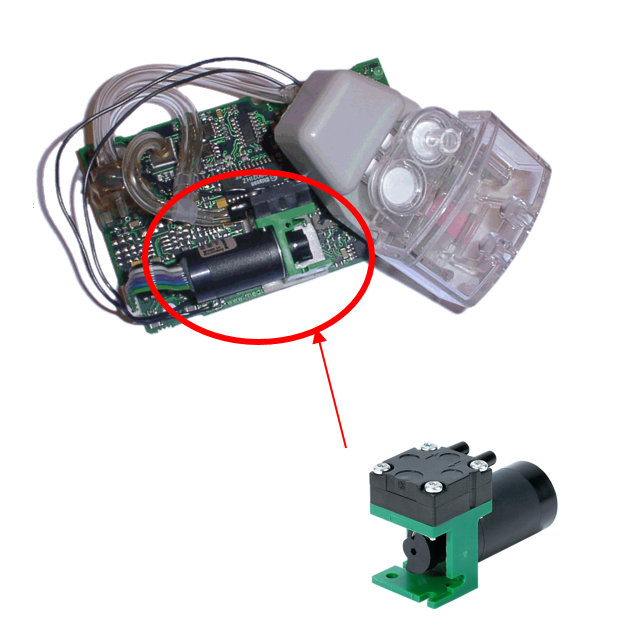Select Your Country/Region
Current Region:
 Global (EN)
Global (EN)
Choose a different country or region to see the content specific to your location
How can we help you?
Capnography monitors provide an immediate alarm for life-threatening breathing concerns during moderate or deep sedation, like during surgery. Capnography devices measure and track changes in oxygen levels that could signal respiratory disease or failure.
They are preferred medical instruments over pulse oximeters because capnography devices show instantaneous oxygen level changes. In contrast, pulse oximeter devices can provide normal oxygen levels in the blood, even for several minutes after a patient stops breathing.
Thomas continues to set the standard for pumps used in capnography devices. Our compact diaphragm compressors are tailored made for handheld devices. Our units come with a PCB mounting capability and construction that provide no risk of EMI (electromagnetic interference). Thomas diaphragm compressors and vacuum pumps provide hermetic seal and long, service-free life.
The modular system of our diaphragm pumps allows for modifications to the pneumatic performance by utilizing different eccentrics and/or by controlling the applied motor speed. Controlling the individual working point of the pump allows for control of the air flowing through the pump.
Thomas pumps are engineered to meet OEM’s specification of capnography modules and devices with special attention to the following pump characteristics:
Capnography monitors provide an immediate alarm for life-threatening breathing concerns during moderate or deep sedation, like during surgery. Capnography devices measure and track changes in oxygen levels that could signal respiratory disease or failure.
They are preferred medical instruments over pulse oximeters because capnography devices show instantaneous oxygen level changes. In contrast, pulse oximeter devices can provide normal oxygen levels in the blood, even for several minutes after a patient stops breathing.
The device aspirates the exhaled breath from the breathing circuit to a sensor residing inside the patient monitor. Then the capnograph passes infrared light over the aspirated gas sample. The sample is analyzed by using CO2 absorption from infrared radiation.
The air sampling can be done through sidestream or mainstream monitoring, with the sensor locatated for multi-gas analysis capability. The CO2 sidestream has the same pneumatic function as anesthesia monitoring.
